RICHARD X : BIRTH ANNOUNCEMENT : SOPHIA KI HAD TWINS … DOG STARS
.

.
SOPHIA KI
TO THE MERMAIDS
AETHER OF KI
.
RICHARD X
.
It’s done
The birth is done
SOPHIA KI shared new earth with twins
NUMMO
Is a set of twins
Girl and boy
Primordial beings were twins
These beings are who I saw
Sophia’s children
The human body is believed to be conceived as a twin to a cosmic body
Twin flames must merge to be whole
Twins are life
The DNA is back with us again
Twins can also be shown as having special powers and deep bonds. In Greek mythology, Castor and Pollux share a bond so strong that when Castor dies, Pollux gives up half of his immortality to be with his brother.
This etiologically explains why their constellation, the Dioskouroi or Gemini, is only seen during one half of the year, as the twins split their time between the underworld and Mount Olympus. In an aboriginal tale, the same constellation represents the twin lizards who created the plants and animals and saved women from evil spirits.
To the Dogon of Mali in West Africa, twinship represents completeness and perfection, symbolized by the deity Nummo. Nummo is actually a set of twins, male and female, and because the creation of the world required a sacrifice, humans can only be one half of the whole, male or female. In many Native American stories, twins are often partners on adventures such as quests
Twins mean completeness and perfection
Sophia Ki is GAIA
New Earth is Sophia KI
Also Sophia Ki is the NEW AEON
Sophia Ki has just given birth to twins
EMME YE (Sophia Ki) is also SIRIUS C
.
DOG STARS
.

.
To the ancient Egyptians, the arrival of Sirius (the Sun behind the Sun) in the pre-dawn sky of early winter
Although the scientific community has not confirmed the existence of Sirius C, the Dogon knew of it by the name, Enome Ya, and they described it too as revolving around Sirius A.
The Dogon say that emme ya “also emits rays which have the quality of solar rays” and give these rays the symbol which must be considered another triumph of imaginative thinking.
.
 .
.
Red dwarf stars provides a shocking reminder of how much we have yet to learn about even our nearest stellar neighbours
.
SIRIUS C
.
From ‘Un Systeme Soudanais de Sirius’
The paper enumerates a number of astronomical statements as follows (links to Astronomical Tests):
“The orbit describing Digitaria around Sirius is perpendicular to the horizon” — p280
“When Digitaria is close to Sirius, it becomes most brilliant; when it is furthest away, Digitaria gives a scintillation which the observer believes as many stars.” — p281
“The period of the orbit is counted double, that is 100 years.” — p282
“Besides its movement of translation, Digitaria turns on itself in a year.” — p283
“The Star [Digitaria], which is white, where Sirius is seen as red, is the origin of all things.” — p284
“The contents of the recipient star are ejected by centrifugal force, in the form of infinitely small parts comparable to grains of Digitaria developing quickly: ‘The things exiting to outside the star become as big as it every day.'” — p286-7
“Digitaria is the smallest of all things, and the heaviest star” — p287
“It [Digitaria] is composed of a metal named sagala, a little brighter than iron, and of a weight that everyone on earth cannot lift it. The star weighs 480 mule loads (about 35,000 kg), or all grains, or all the iron on earth, if they were theoretically the size of a stretched cow hide or a mortar board.” — p287
“But Digitaria is not the sole companion of Sirius: the star emme ya, ‘Sorghum Female,’ more voluminous than it, but four times lighter than it, follows a vaster trajectory in the same direction and the same time as it (50 years). Their respective positions are where their rays make right angles.” — p287
“It [emme ya] also emits rays which have the quality of solar rays.” — p288
“it [emme ya] is accompanied by a satellite which is named “star of Women,” nyan tolo” — p288
These statements are supported by the following diagram, among others:
Nyan aduno tonu (Drawing of the World of Women) or
Anduno dale donule tolo (Drawing of the Heights and Depths of the World) — p290
.

.
This is the drawing that kicked off 50 years of controversy. This most compelling feature of Un Systeme Soudanais de Sirius claims to give a overview of the whole Sirius system, an executive summary of the foregoing statements. True size is about twice this.
– S: Sirius A (sigi tolo — “Star of Yasigi”) -Da-b: Sirius B, the “egg of the world,” at extreme orbital positions (po tolo — “Star of Fonio”) – E: Sirius C (emme ya tolo — “Star of Sorghum Female”) showing “rays” surrounding it. “Put at the centre of the egg as the Sun at the centre of the solar system.” – Fa: Sirius C’s planet (nyan tolo — “Star of Women”). The small spiral shows it is a satellite of “Sorghum Female.”
– Fb: “Sign of women”
– Fc: “Sex of women”
– R, N: Mythical personages:
– R: Yurugu, the Fox
– N: Nommo, the Fish
This is one of the “raw documents” which Griaule and Dieterlen were so eager to share.
The style of presentation of Un Systeme Soudanais de Sirius is in fact better described by Claude Meillassoux.
“Far from taking the form of verbatim transcriptions in the native language, they combine translations of brief quotations with paraphrases, interpretations and commentaries… it is practically impossible to distinguish between what originates from the informants and what comes from the anthropologist.”
.

.
Odin (RA SOURCE)
STOLE the nummo DNA
THE JACKAL IS ENKI
.
.
The Nummo: The Truth About Human Origins
By Shannon Dorey
LINK
PREVIEW THE BOOK
LINK
SHANNON DOREY WEBSITE
The Nummo: The Truth About Human Origins
Chapter 1
The Master of Speech
.
“Mitochondrial Eve” is the name given by researchers to the woman who was the last common matrilineal ancestor of all human beings living today. A member of a population of humans living around 150,000 years ago in Africa, Eve was identified through “mitochondria organelles” that are only passed from mother to offspring.
My research shows the African Dogon religion to be the oldest known mythology in the world.1 It appears to have existed in Africa long before humans migrated to other areas. When humans left Africa for other continents, they took their religion with them. Fragments of the Dogon religion thus exist all over the world. As I see it, therefore, the Dogon religion is the “mitochondrial religion” of the world.
The religion was created in an oral culture and its symbolic language is connected through a spherical pattern with no beginning or end. The spherical pattern of the Dogon religion is different from what we are used to today, as most written literature is presented in a linear fashion with a beginning and end. By using the globular structure in its creation, the Dogon religion provides us with a metaphor for immortality.
It focuses on immortality because the key spiritual figures, the Nummo, were immortal. According to the Dogon, these fish-tailed serpent-like beings came to Earth from another star system.
When they died and were reborn, they could remember their previous existence. There wasn’t any intelligent life on the planet when the Nummo first came to Earth; there was some suggestion in the mythology the Nummos’ world had been dying, which is why they ended up here.
They had planned to live on the Earth and combine their DNA with the animals they found here to create a new life form they could inhabit. What Dogon mythology tells us is that the Nummos’ experiment failed. Not only was humanity born from this failure, but as a result, humans became forever twinned to the alien Nummo. According to the Dogon, our communication with them exists on a deeply spiritual level through symbols found in the unconscious.
The psychologist Carl Jung referred to these symbols as archetypes. According to Jung, all people are born with these archetypal symbols in their unconscious in the same way that animals are born with instincts.2 Jung believed that these inherited symbols mean the same things for each of us. An example of one of these symbols is water, which is a universal symbol for rebirth and baptism. In Dogon mythology, water is the essence of the alien Nummo. The words “water” and “Nummo” were used interchangeably. According to the Dogon elder, Ogotemmêli, water was the symbol for the life-force of the world. 3
Even though the spiritual Nummo were androgynous, they were identified as being feminine and were symbolized by the sun in the Dogon religion. They had horns or casques like chameleons. They had noses that looked like cow’s noses, and they had slanted eyes and only auditory holes for ears. Evidence indicates that because they spent more time in water than on land, they communicated using sonar.
In my first book, The Master of Speech, I wrote about the similarities between the alien Nummo and goddesses of Greek and Egyptian mythology. I also mentioned the serpent goddess statues found in Ur in southern Iraq. These statues date from the Ubaid period, around 4500 BCE. These goddesses have the same lines across their fish- and serpent-like bellies that were mentioned by the Dogon elder Ogotemmêli, when describing the alien Nummo. The statues also have casques, slanted eyes, cow noses, fish tails, serpent-like bodies, and strange bumps on their shoulder joints that were also described by Ogotemmêli.
The close resemblance of these statues to descriptions of the Nummo helps to support my belief that the serpent goddess figures found in world mythology evolved from the images and stories about the alien Nummo. In their spaceships, the Nummo were also known as celestial rams. This was because the piping that curved around the outer edge of the spaceship was said to contain water or liquid copper, and was curved like the horns of a ram.4 As a result of this association, the ram became an important symbol of the Nummo in the Dogon religion. The ram also appears as an important historical religious figure in other cultures.
In my first book, The Master of Speech, I discussed the three genetic experiments that the hermaphroditic Nummo carried out on the Earth animals. During the first experiment, the androgynous Nummo/Earth beings were born self-fertilizing and immortal like the Nummo. These individuals, who could remember having lived before, were identified with the sacred feminine.
I speculated in The Master of Speech that the Nummo procreated much like the amphibious, androgynous killifish do on Earth. In about 85 per cent of the cases the offspring are born as self fertilizing hermaphrodites. Male killifish are only born periodically to provide genetic diversity to the species. I believe the Nummo procreated much the same way and it wasn’t until one of these single-sexed Nummo/Earth males was born that the Nummo realized their experiment had failed.
Unlike the androgynous Nummo, who were immortal, the being born as a single-sexed male had no knowledge of a previous existence. He was born completely separated from the Nummos’ spiritual essence. He was tied to the underdeveloped spiritualism of the Earth. The Dogon thus viewed him as having been born soulless.
This male was identified as the Jackal and represented the evil in the Dogon religion. There was some suggestion in the mythology, that there was more than one male born like the Jackal and that these individuals eventually rebelled against the Nummo and their androgynous siblings. The androgynous beings born at the same time as the Jackal represented the good element in the religion. They were associated with the sacred feminine, the Nummo, and the goddess. According to Ogotemmêli, the sun and the female number four symbolized the Nummo and those first perfect androgynous beings. The moon and the number three symbolized males and the Jackal.
In order to correct the mistake of the first experiment, the Nummo tried a second experiment. They took the DNA of the Jackal and his androgynous sibling and combined them together to create the eight ancestors. The eight ancestors were all immortal hermaphrodites but the first four were primarily male and genetically associated with the Earth, while the latter four were primarily female and more closely linked to the Nummos’ world, known as heaven. The second of the eight ancestors was considered to have the weakest DNA because he was genetically associated with the Jackal’s DNA.
The seventh ancestor, who was associated with the Jackal’s androgynous sibling from the first experiment and known as the Master (Mistress) of Speech, was perceived to have the perfect combination of human and Nummo DNA. The Master (Mistress) of Speech (seventh ancestor) included the number four, which identified the sacred feminine and the Nummo, and the number three, which identified males and the Jackal.
These numbers represented an aspect of the genetic engineering process. The second ancestor was only allowed to procreate with the Master (Mistress) of Speech (seventh ancestor) so that the negative DNA could be offset by the positive DNA.
Everything was fine on the Nummos’ world until the first two ancestors had an affair and one of the ancestors became pregnant. This was very disturbing for the Nummo because they feared losing their own immortality as a result of the indiscretion. In order to prevent this from happening, a third experiment was carried out where the Nummo removed some of their DNA from the Earth animals leaving humans as mortal beings. The Master (Mistress) of Speech’s DNA was supposed to allow all humans to eventually evolve into immortal and androgynous beings like the Nummo. This was explained in the mythology through the sacrifice of the Master (Mistress) of Speech.
My research indicates that this ancient, pagan, androgynous saviour was later adopted by the Christians and incorporated into the male figure of Jesus Christ. There is evidence to indicate that the Christian Mary Magdalen may have been associated with the original Master (Mistress) of Speech figure. Because they were self-fertilizing and could perform genetic engineering, the Nummo were associated with virgin goddesses, and Mary Magdalen was identified with the virgin in early Christianity.
The town of her birth was called Magdala Nunayya, “Magdala of the Fishes,” and identified with the Greek name Taricheæ. Like the Master (Mistress) of Speech, Magdalen was identified with the number seven. In The Gospel According to Mark, Jesus expelled seven demons from her. Margaret Starbird associates her name with Magdal-eder, meaning “tower of the flock,” suggesting a vantage point for a shepherd watching over his sheep. The Nummo were symbolized by sheep. Another interpretation could be “tower of the sheep.” In their spaceships, the Nummo were known as celestial rams.
The sister-bride, the name associated with the Magdalen, was identified with the colours red and white. In the Dogon religion, the Master (Mistress) of Speech was identified with the colour red and the Jackal with the colour white. To medieval alchemists, red and white were considered a union of opposites. Red and rose were often associated with Mary Magdalen in medieval paintings, though occasionally she was dressed in green. Red and green were identified with the Master (Mistress) of Speech. (see Chapter 22) The Master (Mistress) of Speech was symbolized by the red giant star, known to the Dogon as emme ya tolo.
The Jackal, on the other hand, was symbolized by the white dwarf star, Sirius B, which was known as po tolo. The colours red, for the Master (Mistress) of Speech, and white, for the Jackal, also appear in the Celtic religion as red and white dragons and in later secret societies as red and white roses.
Red and white roses also appear as emblems during civil wars between branches of the Plantagenet royal house (1444-1487). The House of Lancaster used the red rose, the House of York, the white rose. They also used the symbols of a red dragon and a white boar in place of the roses on the battlefield. The Nummo were associated with dragons, and the boar is a Jackal figure that will be discussed later.
Henry VII eventually united the two royal houses and the two roses, creating the red and white Tudor rose, which later became the symbol of England. In their uprisings following 1688, the Jacobites adopted the white rose. The colours were also represented in the geography of Egypt, where they were identified with the Red Sea and the Dead Sea. (See Chapter 25).
.

”UNKNOWN”

.
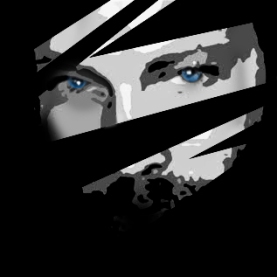











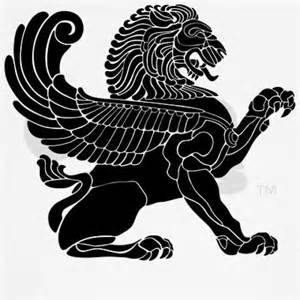

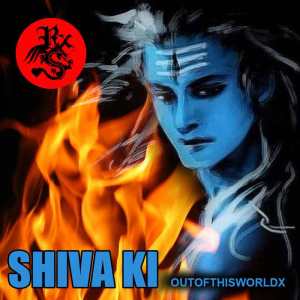



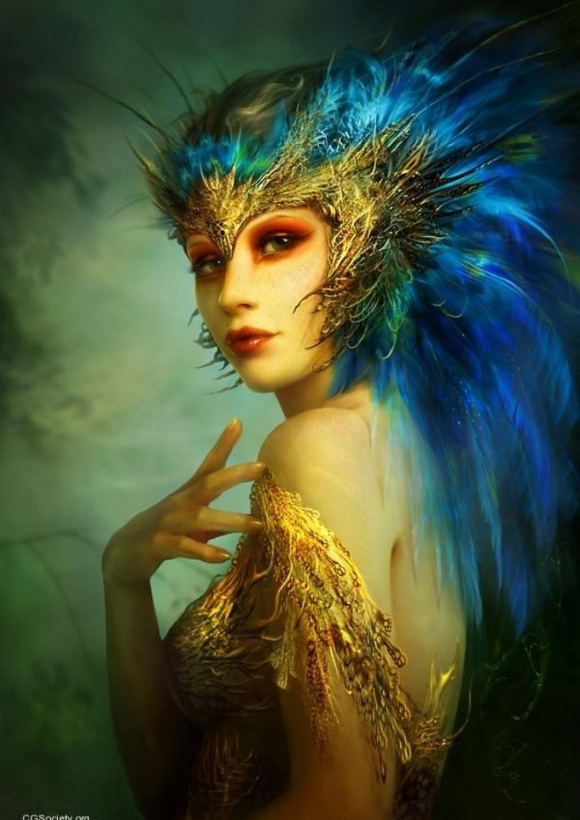

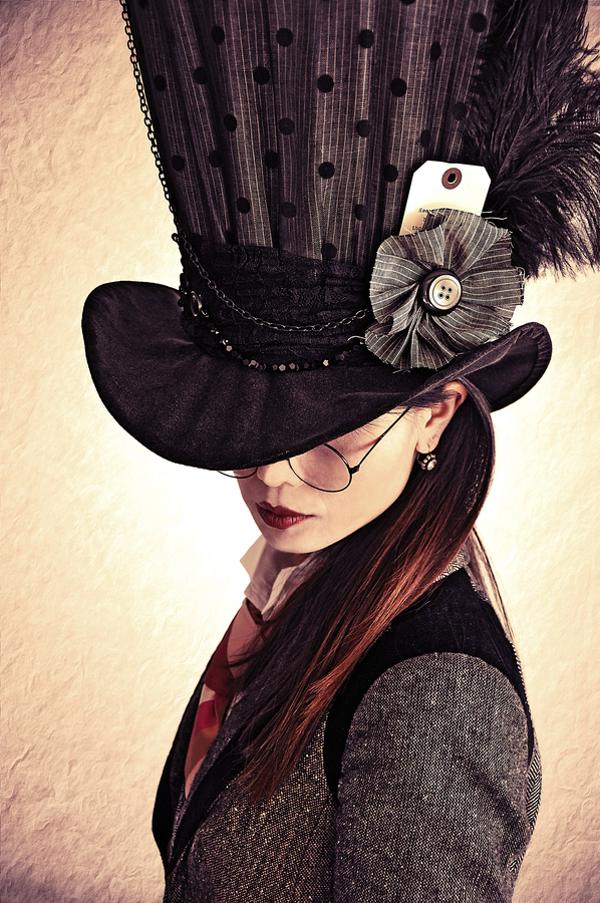
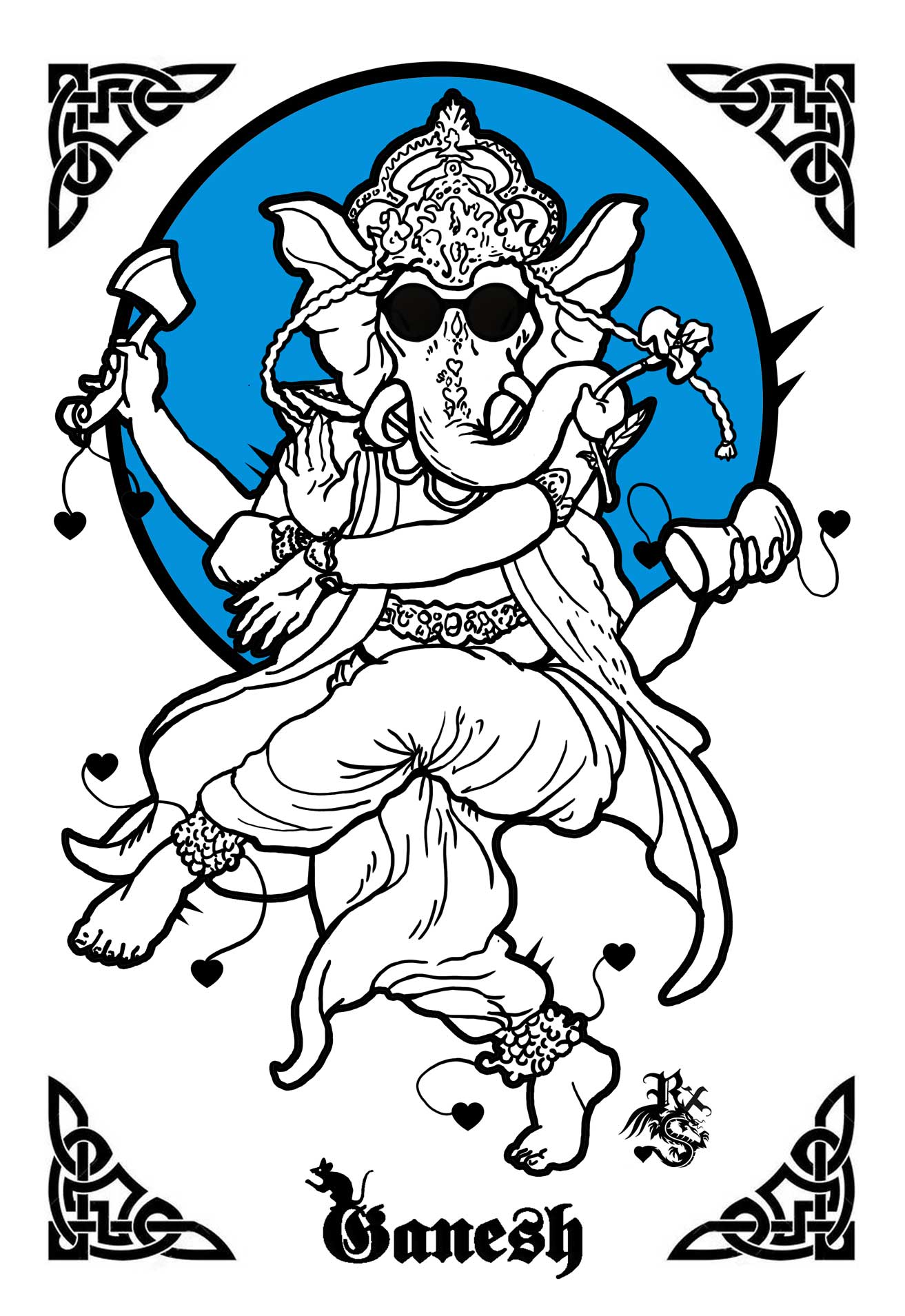
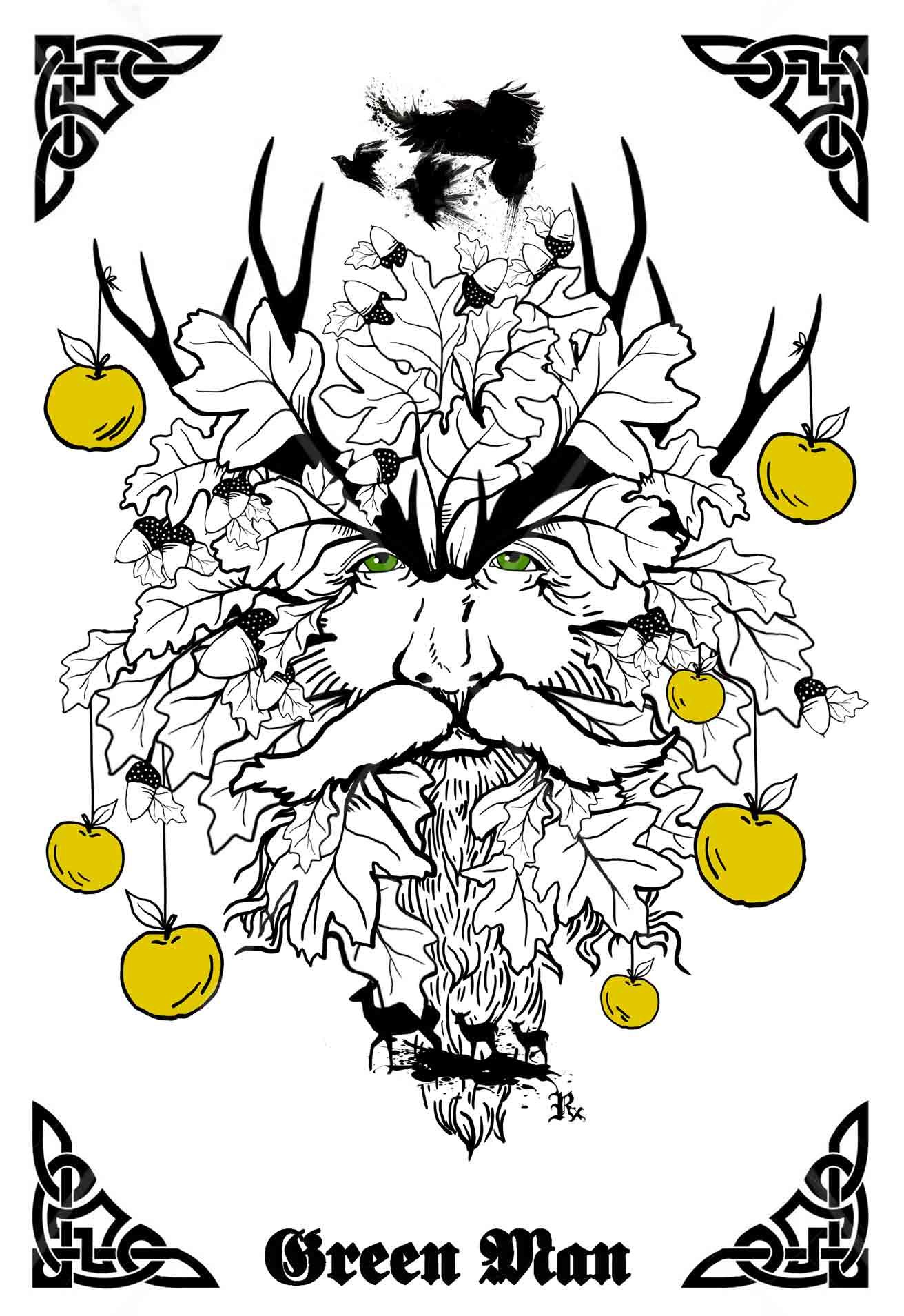
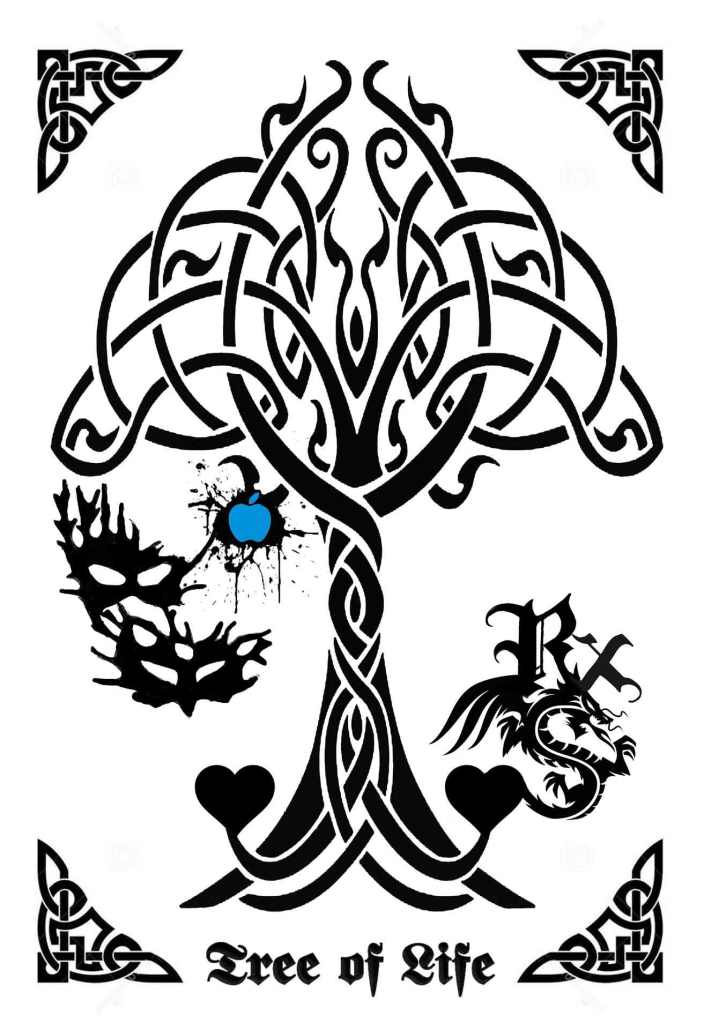

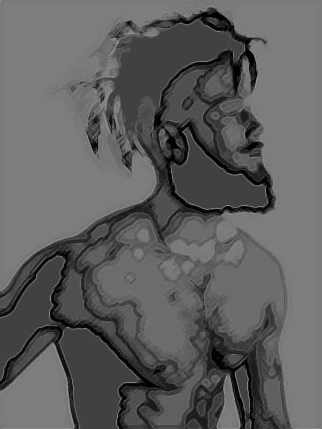
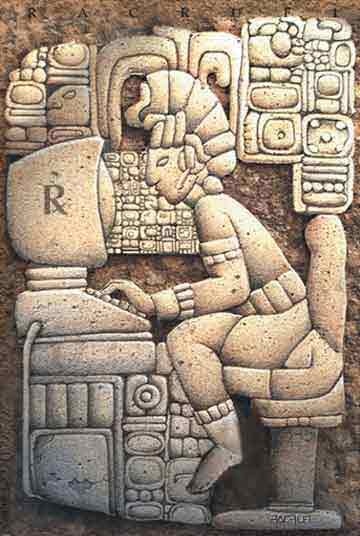




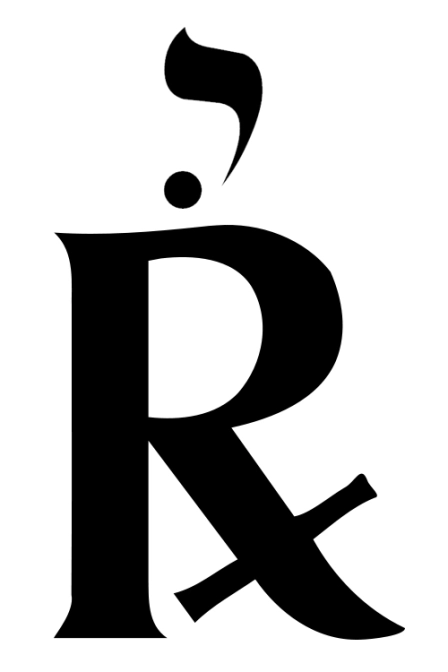

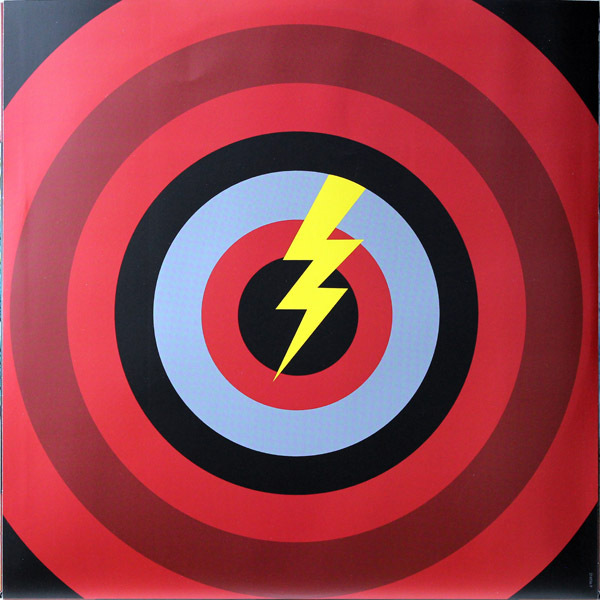




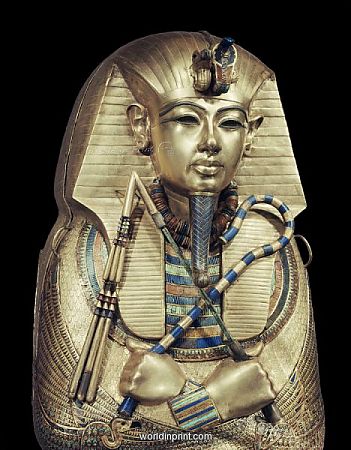



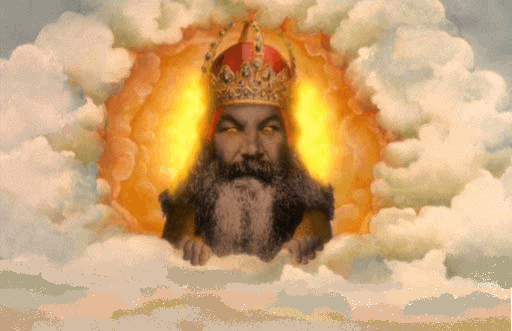











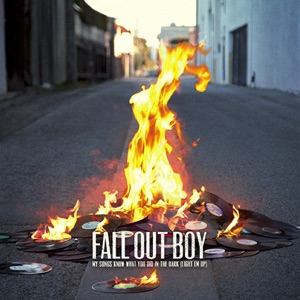

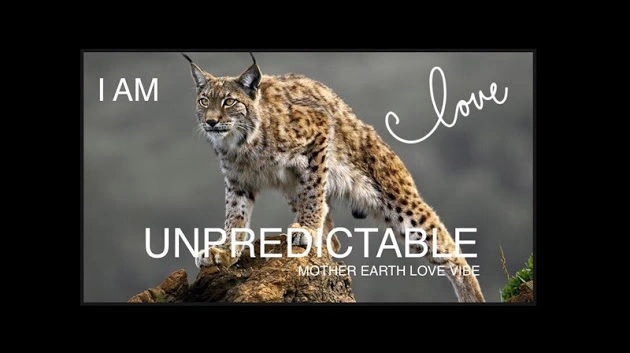

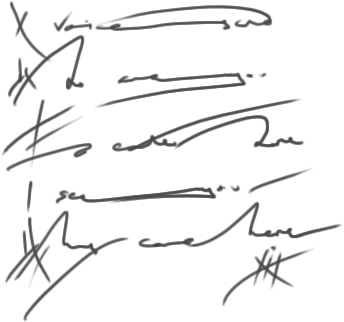






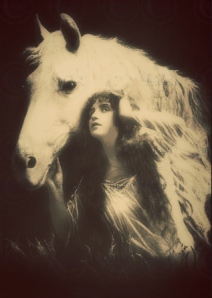


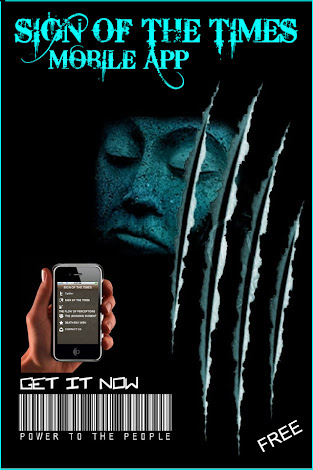
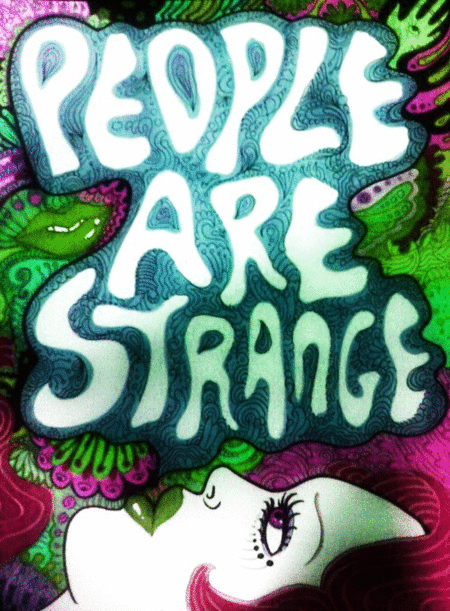
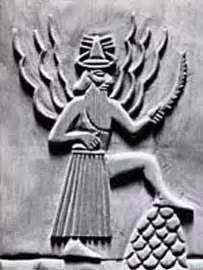

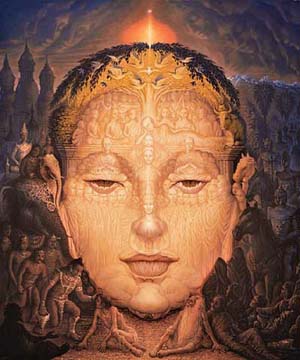
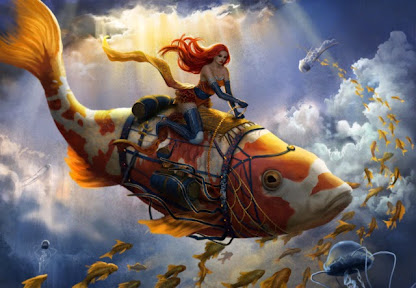


we have a “dome” over the earth with constellations and planets attached to it – the sun and
moon rotate over the earth under the dome – who sees all this star and sun movements
going on – ? who or what is now outside earths dome?
LikeLiked by 2 people
Soon find out…
Peace
LikeLike
Pingback: MICHELLE A : SO THERE IS THE IMPLOSION | OUT OF THIS WORLDX
Happy birthday !!
LikeLiked by 2 people
Pingback: RICHARD X : BIRTH ANNOUNCEMENT : SOPHIA KI HAD TWINS … DOG STARS | My Blog
Pingback: M RICHARD X – TREE OF LIFE : EXPLANATION OF THE KA (TWIN DOG STARS) | OUT OF THIS WORLDX
Pingback: AEONS OF SOPHIA KI : ADAM and EVE = LILITH and DUMUZI | OUT OF THIS WORLDX